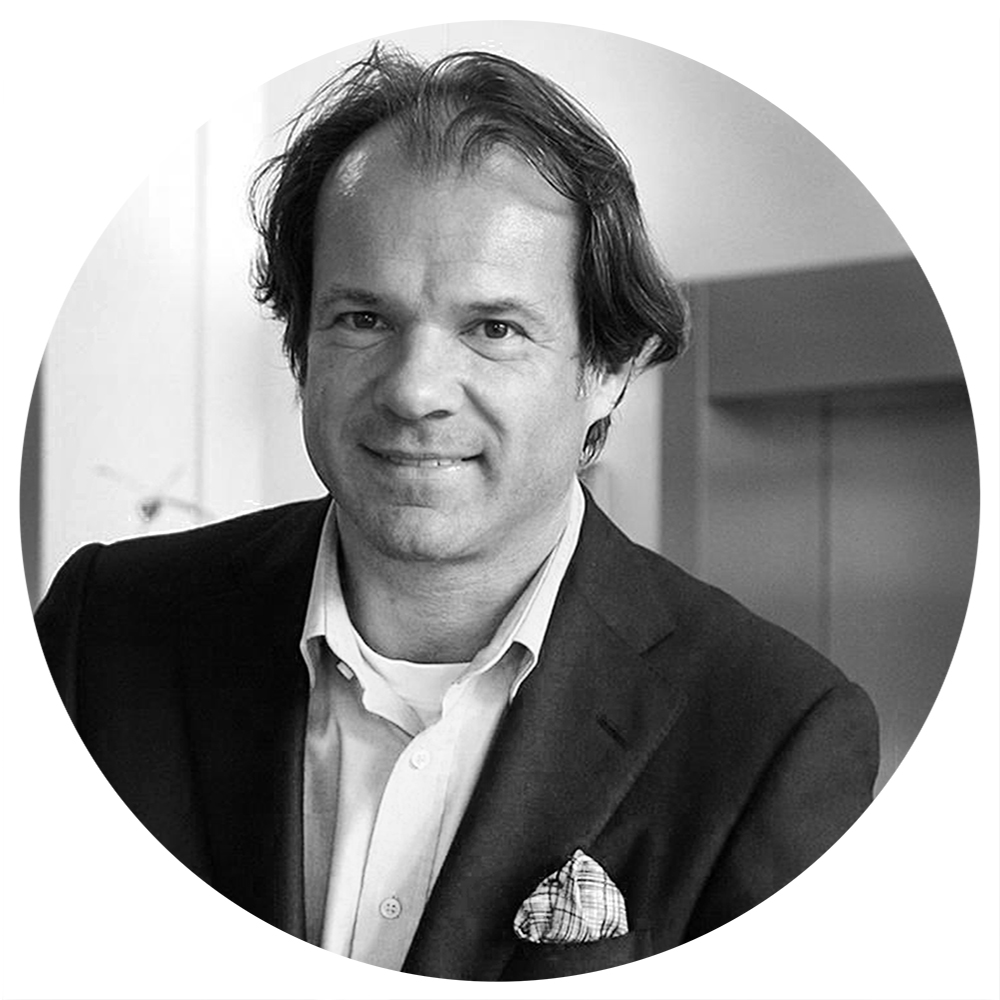The power of the incidental
Dr. Holger Hettinger | Deutschland Radio Kultur - Berlin
Fingers that seem to explain something - touches, casually crossed legs - lascivious lolling or gestures of rest, contemplation, exhaustion. But the faces are missing. And yet: despite - or precisely because of? - the absence of the portrait in Judith's pictures, her works seem very personal, close, intimate.
Judith Sturm succeeds in observing these women for us, and at the same time depicting them "unobserved", so personal are the gestures, so oblivious, so natural, so feminine. So casual. That's a lot, in a time when pathos, pinpoint staging and the force of the grand gesture reign supreme. The figures in her paintings seem to float - there is no familiar background, no frame of reference. Her paintings concentrate on bodies, female bodies - mostly clad in short dresses. The figures show a lot of skin and the clothes and backgrounds familiar patterns: large dots and small ones, stripes and leopard skin. Judith Sturm's intense works derive their power from the small, casual gesture.
Despite their often considerable format, her canvas works have a chamber-like effect, offering a familiar close-up view. They are snapshots, subtle and crystalline, powerful yet not pathetic. The figures are completely with themselves and with their femininity; they form their own frame of reference.
The strength of her work lies in its completely non-didactic character. Instead of loudly presented "criticism" - of whatever - instead of utopia staged with great gesture, Judith illuminates the power of the incidental in the here and now. She describes the discovery of the Other in the immediate present. The small gestures, the oblivious touches that she depicts in large format nest in the regions of the unconscious, in the underworlds of desire and craving.
It may be thought a little too remote, but it also represents a kind of self-endangerment to engage in this art effect. If one accepts the image as a force field of self-communication, then the traditional idea of the autonomous, "successful" work of art disappears, as does the image of the self-assured individual. The individual appears as a field, as a bundle of possibilities, as a multiplicity without a centre. The human being is a field of energy, the gestures stand for the well-dosed communication of energies. The figures are completely with themselves, no evidence of any ideas or intentions. The artist disappears in the work, the work in the viewer. And that is beautiful.


Leave a reply
You must be logged in to post a comment.